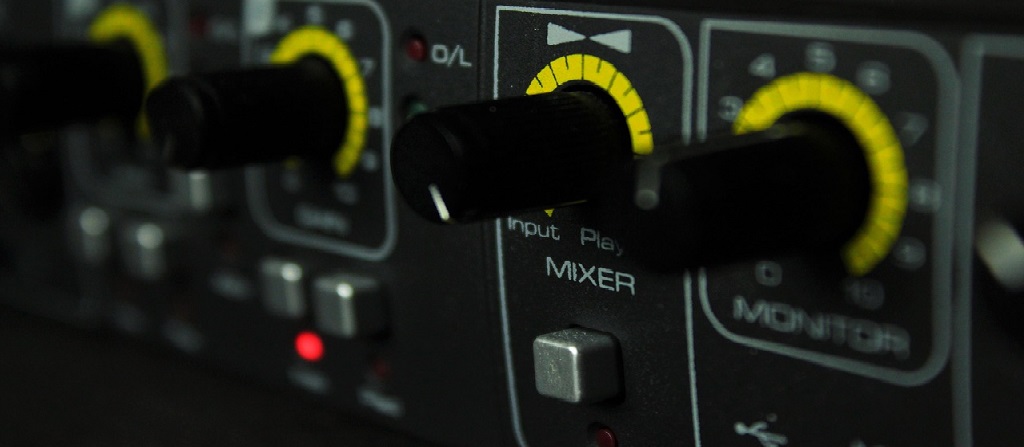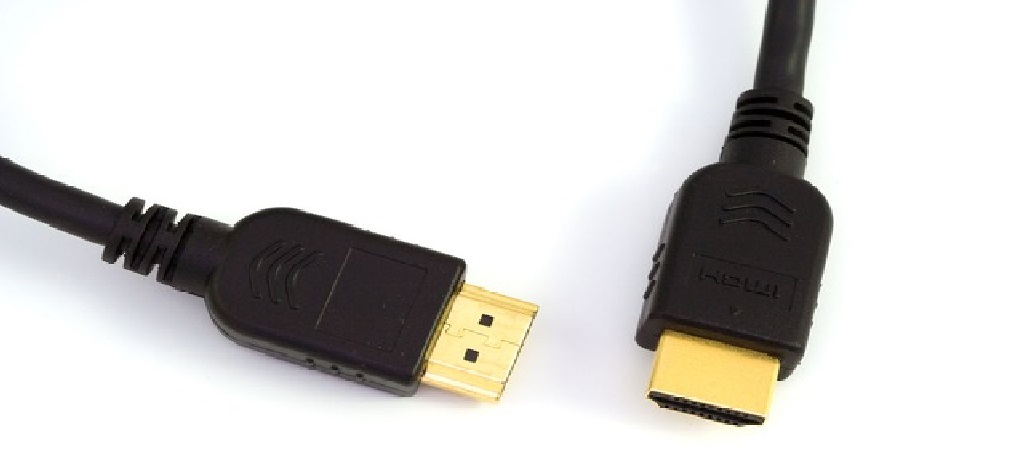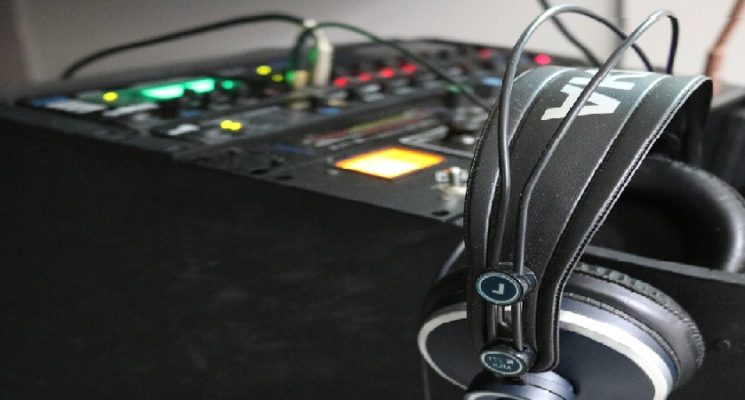From the invention of the phonograph by Thomas Edison in 1877 to compact audio cassette tape recorders in the mid20th century, to digital compact disk recorders in the ‘80s until the contemporary hard disk recording; sound recording has magnificently revolutionized into what it is today. With the advent of computers with built-in sound cards, sound recording was never the same again. But until the invention of audio interface, was only the time when sound recording was perfected.
An audio interface is an external sound card that functions to ensure the production of quality and high resonance sounds. With all the great advantages that an audio interface can provide, choosing the right audio interface that best suits your needs may not be that simple as you think. The following important reasons and considerations are very helpful in what to look for in a great audio interface.
Occupational Reasons

Are you a DJ or do you own a professional recording studio? Do you do recordings in your own home or do you do recordings in a personal capacity? Up to this date, there are already countless types and models of an audio interface. Depending on what kind of end user you are or where you use those recordings are important considerations that you must integrate with your decision making.
In professional recording studios where they use various instruments, the number of input and output connections is a prime consideration. The more connections mean that there is a lesser need for other external devices. Home studios may need models with lesser I/O connections. While heavy-duty with the compact and durable design is suitable for studios, portable and easy-to-use audio interface models are best for users on the move.
Compatibility Check
Audio interfaces come in different connection types. They may be either USB type, firewire or thunderbolt. Each of them might have a specific advantage over the other but in which way they require a specific port to operate. They are reliable and would fare enough for your recordings, but you should make sure that they are compatible with your devices.
Though most audio interfaces are generally compatible with Digital Audio Workstations or DAWs, it is always advisable to check their compatibility. It is best that both should be from the same manufacturing company. DAWs are either audio hardware or software used in editing digital audio.
Budgetary Requirements
One most powerful element in your decision making is probably your budget. Heavy duty audio interfaces usually command greater prices and are usually lag free compared to portable models. Depending on where you will use it, it is wiser to save on money to be able to afford the price of the right model for you.
Buying a model that will generate you savings for the time being but will only be used in a short-term is far more expensive than buying the right model that will satisfy your needs for a good number of years because you will be replacing the cheaper one in the long run.
Physical Form

Surely, other factors may sway your decision from one specific model to the other. Other important things to consider is the form factor. Does it suit the space you intend to place it? Because it bestows you the most crucial points in your recording, it should be placed where it can be used readily. Desktop audio interfaces are suitable for home studios and are usually placed atop desktops.
The bulkier rack-mounted interface is used in professional recording studios while the portable types because of their small size can be placed in pockets of travelers. Going through reliable product reviews and independent endorsements and with your wise decision making, the perfect audio interface for you is just right there for your picking.

